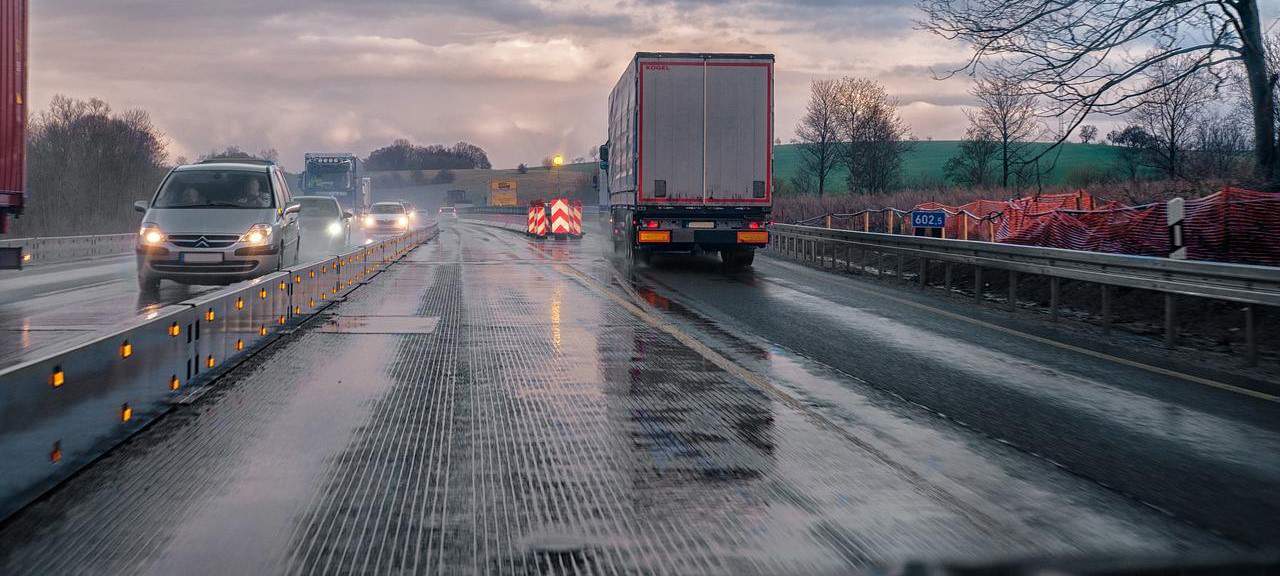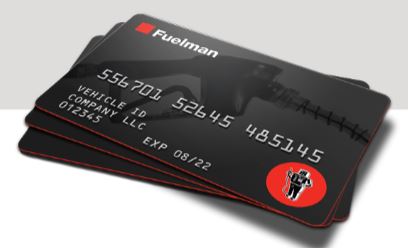You may have heard the term curb weight before, especially in reference to a vehicle. Are you wondering what it means?
Well, curb weight refers to the weight of your vehicle when it’s parked near the curb. But does base curb weight include fuel? How do you find the curb weight? This article will answer these questions as we talk about why knowing your vehicle’s curb weight is important.
What Is Curb Weight?
Your vehicle’s curb weight is its weight with all the standard equipment, a full gas tank, and the other fluids needed to run the vehicle. It’s basically the weight of your car when it rolled off the factory floor and made its way to the dealership showroom.
There’s no luggage in the trunk, no bikes on the roof, and no passengers in the seats. This information is important when shipping a vehicle to another state, overseas, or when it needs to be towed.
Vehicle shippers consider the vehicle’s weight when determining shipping costs. To potentially save on fees, filling the tank only a quarter of the way can reduce the vehicle’s weight tier, avoiding extra shipping expenses that a full tank might incur, potentially saving you a few hundred dollars.
Curb weight also plays a key role in gas mileage. The lower the curb weight, the better your fuel economy. It’s something fleet managers should take into consideration when looking to add new vehicles to their operation.
What Does Curb Weight Include?
These are the components included in determining curb weight:
- Fuel
- Motor oil
- Coolant
- Transmission fluid
- Brake fluid
- Tires
- Battery
- Engine
- Transmission
- Motor
- Other necessary internal systems
Is There a Standard Measurement for Curb Weight?
There’s no universal standard for measuring curb weight, leading to variations in how European vehicle makers factor in the driver’s weight. Additionally, some manufacturers base curb weight calculations on gas tank levels, typically ranging from 10% to 50% capacity in most cases.
The reasoning behind that is they believe the measurement should be close to the minimum amount of fluids needed for the vehicle to function. According to the Environmental Protection Agency (EPA) in the United States, the fuel should be at nominal tank capacity.
Are There Requirements on Curb Weight?
Unlike the gross vehicle weight rating (GVWR), curb weight doesn’t come with legal requirements that must be followed. It all depends on the rules in your state.
Certain GVWRs are charged different insurance rates and may require a commercial driver’s license (CDL) to drive. Knowing your curb weight is still useful, especially if you travel often and want a vehicle that will give you great gas mileage.
How Do I Find My Curb Weight?
To determine your curb weight, perform your calculations. Begin by identifying the Gross Vehicle Weight Rating (GVWR), which is typically in the owner’s manual or on a compliance label inside the driver’s side door. Then, sum the weight of passengers and cargo and subtract this from the GVWR. The resulting figure approximates your vehicle’s curb weight.
What is Dry Weight?
Dry weight doesn’t include the fuel, engine oil, or other fluids a vehicle needs to be fully operational. For that reason, you may hear curb weight referred to as the vehicle’s wet weight since fluids are included. The lighter the motor vehicle, the better the handling, which is why dry weight is important to many.
The Impact of Curb Weight
Curb weight impacts your vehicle in different ways. Next, we’ll examine how high and low curb weight affects your vehicle’s performance.
What Does High Curb Weight Mean?
A high curb weight means your gross vehicle weight is large, and there are quite a few advantages that come with a heavier vehicle. For instance, they have more momentum than lighter vehicles.
As such, they continue moving forward when there’s an accident. That means the passengers are subjected to less force and are better protected. We’ll also examine some of the disadvantages in this section.
Advantages:
- More momentum
- Better collision protection
- Smoother ride
- Better suspension system
Disadvantages:
- Poor gas mileage
- Longer braking distance
What Does Low Curb Weight Mean?
As mentioned earlier in the article, a low curb weight means you’ll have better gas mileage than a vehicle with a high curb weight. Here are a few other advantages and disadvantages of low curb weight.
Advantages:
- Faster acceleration
- High performance
- Better maneuverability
- Faster brake response
- Ability to climb slopes easily
- Fuel economy
Disadvantages:
- Suffers more damage in collisions
What Is the Difference Between GVWR and Curb Weight?
The weight rating from the chassis manufacturer is the GVWR or the gross weight rating. That should not be confused with the GVW or gross vehicle weight, which is the vehicle’s weight at any given moment.
Just view the GVWR as the vehicle’s weight limit per the manufacturer. GVWR includes the curb weight, passengers, cargo, and optional accessories. To operate the vehicles safely, they shouldn’t be loaded beyond the GVWR.
Overloading the vehicle will cause a delayed response from the brakes or strain the suspension system, possibly leading to it breaking. The extra load on the tires will generate more heat and increase the likelihood of a blowout.
Knowing the GVWR is important when hauling heavy loads as you don’t want to risk being fined, having your license suspended, or even jailed in certain states because the truck is overweight. Weigh stations will force you to shut down if you’re over the maximum gross weight, delaying the shipment’s arrival.
As we’ve discussed, curb weight is the vehicle’s weight without any additional accessories, aside from the fluids it needs to be considered functional. When traveling back from a long haul, there will be bridges to cross, many of which have weight limits.
Knowing your curb weight helps you figure out the best route to take home. It’s also helpful if you break down after dropping off a trailer and need a tow. Knowing both is crucial for determining how much you can haul. If your GVWR is 8,000 pounds and the curb weight is 4,000 pounds, then you can carry up to 4,000 pounds’ worth of cargo.
How Heavy Is Your Vehicle?
It’s a good idea to become acquainted with the weight of your vehicle for various reasons. You don’t want to violate any laws or road rules by overloading the vehicle with cargo.
Make sure you check that door jamb for the GVWR and calculate your curb weight. Not only will it keep you and other drivers safe, but it also will help to extend the vehicle’s lifespan in the long run.
Sign up for a FreightWaves e-newsletter to stay informed of all news and trends impacting supply chain careers and operations.




